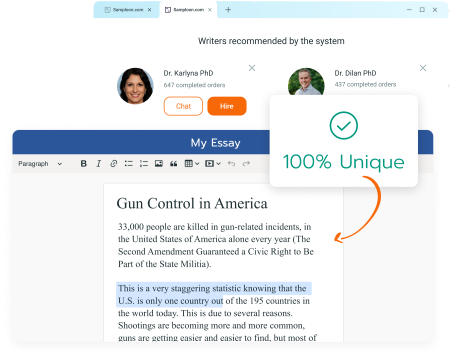Attachment is an emotional bond anything like a favorite toy or blanket also moms and dads. Attachment usually develops during the first year of life in case of adoption, that will occur much later. (Fancott, 2018) When a child is strongly attached to an object it may be a gift that they received as expression of love. (Nilsen 2017) According to John Bowlby, who proposed that attachment can be understood within an evolutionary context in that the caregiver provides safety and security for infant.
Also, most researchers believe that attachment develops through a series of stages. There are many attachments that develop in a child’s life. There is stranger anxiety which they respond to the arrival of a stranger. (McLeod 2017) The primary caregivers should be consistent people who are responsive to the infants needs. (Nilsen 2017) We all have heard of separation anxiety and we probably all had it when we little. Separation anxiety is when a child has trouble separating from their parents or from their favorite toy or blanket. This doesn’t begin until 8 or 9 months and usually disappears at about 24 months.
Why do we create attachments? We create attachments, so we can create a special bond. Proximity maintenance is a desire to be near those with which we share an attachment. Attachment can also create a safe haven which is the need to return to attachment figures for cares and comfort. When kids have a favorite toy or blanket those are important in a child’s life. There favorite toy or blanket are like a security to the world that it makes them feels safe in the world. (Cherry,2018)
An attached child is a secure child. A secure child has high self-esteem, and as they grow up, they will be able to face life’s challenges in an effective and mature way. Attachment is important because that emotional bond also provides children with a secure base from which they can then safely explore their environment. (Cherry,2018) Researchers also suggest that the type of attachment displayed early in life can have a lasting effect on later adult relationships. An unattached child doesn’t care what their parents think, they do what pleases them. (Fancott,2018)
For attachment to work, the parents must react to the child’s helplessness and respond to the child’s needs. That way the child knows they can rely on his or her primary caregiver in times of danger; he or she feels secure. (Fancott,2018) Attachment is a special part of a child’s life. A bond of a child and a parent is the greatest bond a child could every have. Attachments can come and go but in are hearts they will always stay. The one thing I noticed about attachment is that when a child gets to attached to a toy or blanket it is hard to unattached that bond the child has with the object.
References
- Nilsen, Barbara Ann. Week by Week: Plans for Documenting Children’s Development. 2017. Boston MA: Cengage Learning McLeod, Saul. Simply Psychology: Attachment Theory. 2017 https://www.simplypsychology.org/attachment.html
- Fancott, Harriet. Adoptive Families Association of BC. Attachment: What it is, Why it’s important. 2018 https://www.bcadoption.com/resources/articles/attachment-what-it-why-its-important
- Cherry, Kendra. Very well mind: Overview of Attachment in childhood. 2018 https://www.verywellmind.com/what-is-attachment-2794822


